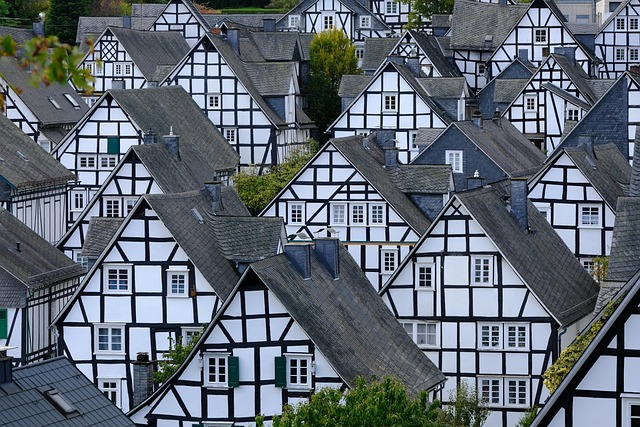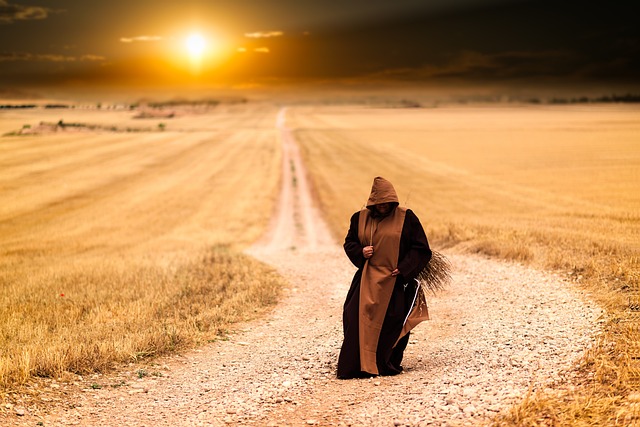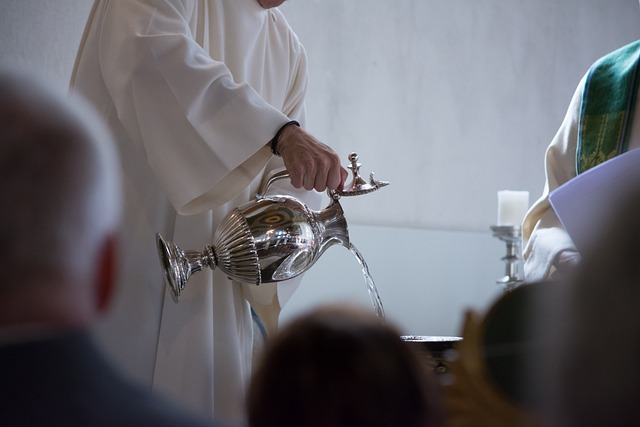Throughout history, humanity has been deeply intertwined with various belief systems, leading to the creation of numerous sacred traditions that stand the test of time. Among these, the concept of the old half” emerges as a compelling motif that resonates with the ancient rituals prevalent in many religions. The “old half” signifies the remnants of primordial practices, the echoes of which can still be felt in contemporary spiritual ceremonies. Delving into these rituals allows us to connect with our ancestors and the universal quest for meaning that remains alive in our modern souls.
In numerous cultures, the old half plays a vital role in summoning collective consciousness, a bridge between the past and present. Rituals that honor this ancient wisdom often feature elements passed down through generations—sacred chants, symbolic gestures, and communal gatherings all foster a sense of belonging among participants. These practices are not merely about spirituality but encapsulate a shared identity, reminding us of our roots in a world that often feels fragmented.
Take, for instance, the annual harvest festivals celebrated across various religions. As families gather, they engage in collective thanksgiving for the earth’s abundance, invoking the spirits of those who came before them. Each prayer and offering made during these rituals connects the community with the old half, revitalizing traditional practices that underscore the cyclical nature of life. This aspect of rituals highlights the importance of continuity, where ancient customs provide comfort and guidance in navigating the present.
The old half’s significance can also be seen in rites of passage—ceremonies that mark significant life transitions. In many cultures, these rituals, such as coming-of-age ceremonies or marriage rites, serve as a testament to the journey one undertakes. They embody the transition from innocence to wisdom, where ancient wisdom guides individuals through the complexities of life. The consubstantial nature of these rituals fosters a profound spiritual connection, affirming the belief that, despite the passage of time, we are never truly alone in our journeys.
Another captivating dimension of the old half is how it influences modern spirituality. As society evolves, the yearning for authenticity in spiritual experiences grows stronger. Many individuals seek to reconnect with their ancestry, reclaiming practices that have been overshadowed by contemporary lifestyles. This resurgence of interest in ancient rituals is a powerful testimony to humanity’s innate desire for meaning, connection, and understanding. By embracing the old half, people find solace in the familiar rhythms of life, learning once more to celebrate the sacred in the everyday.
Moreover, the arts play a significant role in preserving the essence of the old half. Traditional music, dance, and storytelling have become invaluable tools for sharing and celebrating ancient rituals. They remind us that sacred traditions flourish not only in solemn ceremonies but also in communal celebrations filled with joy and creative expression. The vibrant colors, rhythmic movements, and melodious tunes serve as a living reminder of our rich heritage, weaving together the past and present in a tapestry of shared experiences.
The exploration of ancient rituals in the context of the old half illuminates not only the depths of religious practices but also our shared humanity. Each ritual serves as a tribute to the wisdom of our ancestors, urging individuals and communities alike to look back and draw strength from the traditions that have shaped them. In today’s often chaotic world, it is increasingly vital to remember and honor these sacred connections, as they guide us on our spiritual journeys, creating a harmonious balance between the old half and the new.



